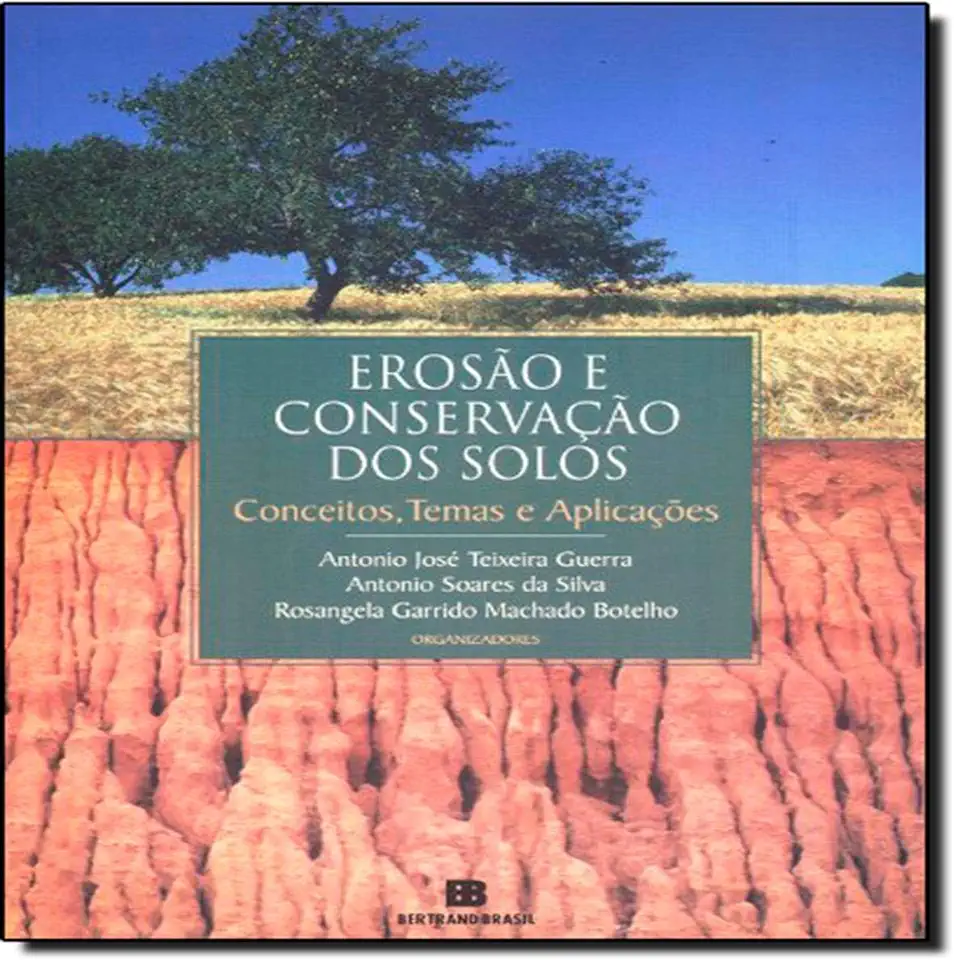
Soil Erosion and Conservation - Antonio Jose Teixeira Guerra
Soil Erosion and Conservation: A Comprehensive Guide to Understanding and Combating Land Degradation
Introduction: The Importance of Soil Conservation
Soil is a vital resource that sustains life on Earth. It provides essential nutrients for plant growth, stores water, and supports biodiversity. However, soil is also vulnerable to erosion, a process that can degrade land and cause significant environmental and economic problems.
Causes of Soil Erosion
Soil erosion is driven by several factors, including:
- Water erosion: This occurs when water runoff carries away soil particles. It is the most common type of soil erosion and can be caused by heavy rainfall, flooding, and irrigation.
- Wind erosion: This occurs when strong winds pick up and transport soil particles. It is most common in dry areas with loose, sandy soils.
- Rill erosion: This occurs when small channels or rills are formed on the soil surface due to concentrated water flow.
- Gully erosion: This occurs when rills become larger and deeper, forming gullies that can be several meters deep.
- Sheet erosion: This occurs when a thin layer of soil is removed uniformly from the land surface.
Consequences of Soil Erosion
Soil erosion can have several negative consequences, including:
- Loss of soil fertility: Soil erosion removes the fertile topsoil, which contains essential nutrients for plant growth. This can lead to reduced crop yields and increased dependence on fertilizers.
- Sedimentation: Soil erosion can cause sediment to accumulate in rivers, lakes, and reservoirs, reducing water quality and harming aquatic ecosystems.
- Land degradation: Soil erosion can lead to the degradation of land, making it less suitable for agriculture, forestry, and other uses.
- Loss of biodiversity: Soil erosion can destroy habitats and reduce biodiversity, as many plants and animals rely on healthy soil for survival.
- Economic losses: Soil erosion can cause significant economic losses, including reduced agricultural productivity, increased infrastructure maintenance costs, and decreased property values.
Soil Conservation Practices
There are several soil conservation practices that can be implemented to reduce soil erosion and protect land resources. These practices include:
- Contour farming: This involves planting crops along the contours of the land, which helps to slow down water runoff and reduce erosion.
- Terracing: This involves constructing terraces or ridges on sloping land to slow down water flow and prevent erosion.
- Mulching: This involves covering the soil with a layer of organic matter, such as straw or compost, which helps to hold the soil in place and reduce evaporation.
- Cover cropping: This involves planting a cover crop on land that would otherwise be left bare, which helps to protect the soil from erosion and improve soil health.
- No-till farming: This involves minimizing soil disturbance during planting, which helps to preserve soil structure and reduce erosion.
Conclusion: The Need for Soil Conservation
Soil erosion is a serious environmental problem that can have significant consequences for food security, water quality, and economic development. It is essential to implement soil conservation practices to protect this vital resource and ensure the sustainability of our planet.
Call to Action: Join the Fight against Soil Erosion
By purchasing this book, you will gain a comprehensive understanding of soil erosion and the importance of soil conservation. You will also learn about the various soil conservation practices that can be implemented to protect land resources and ensure the sustainability of our planet. Join the fight against soil erosion and help to protect this vital resource for future generations.